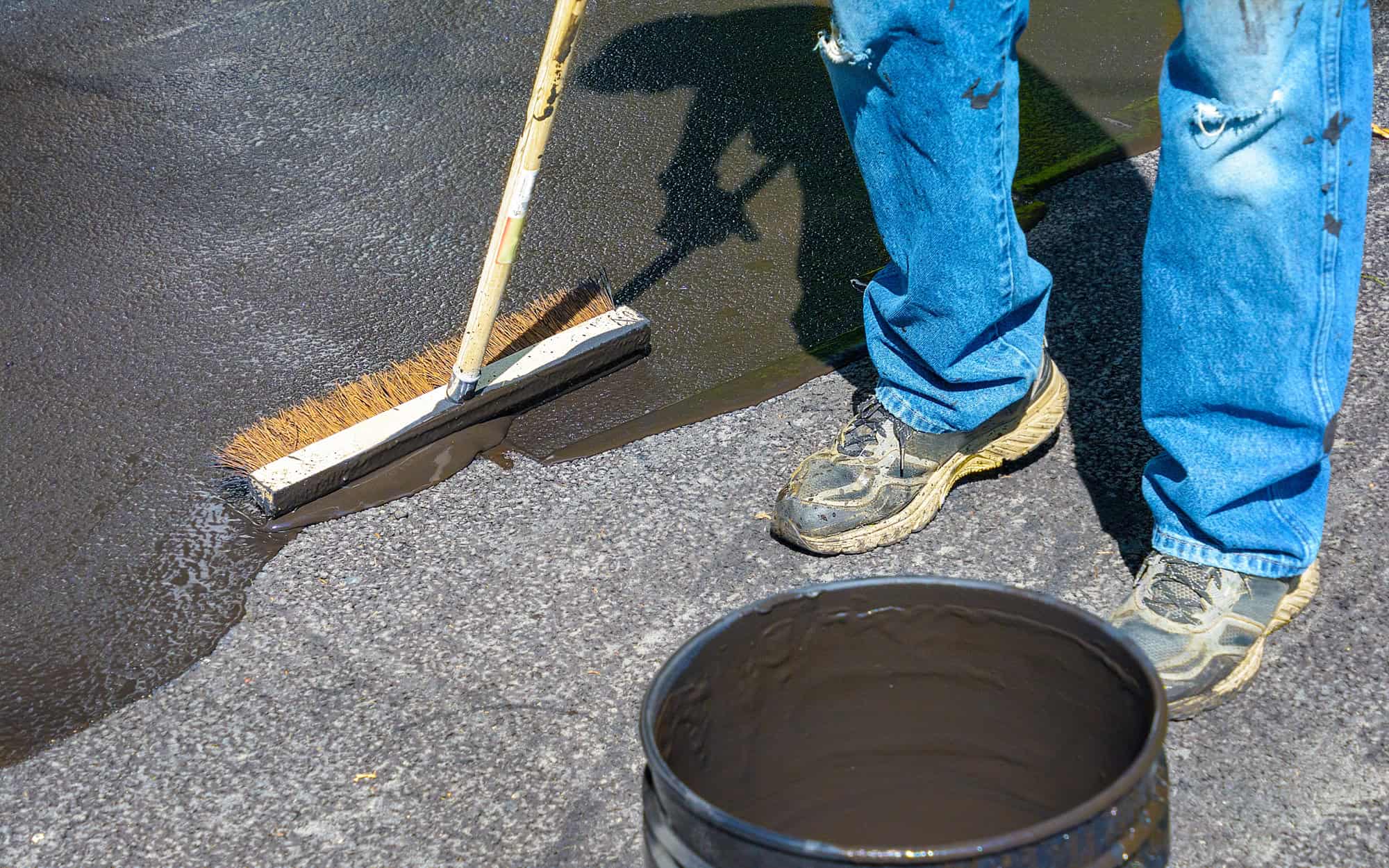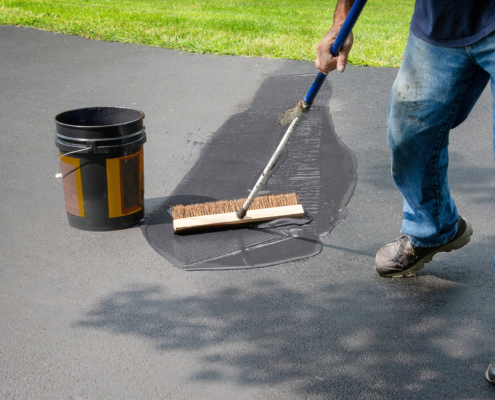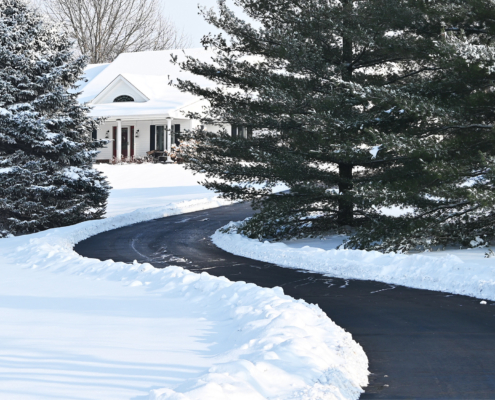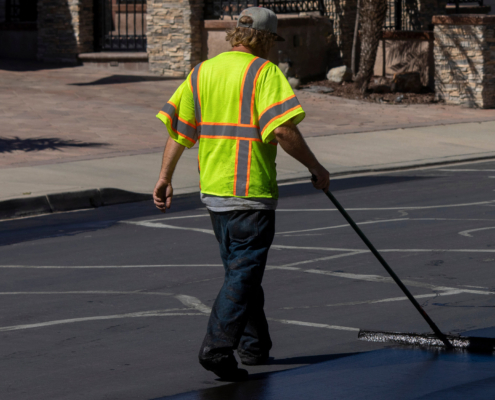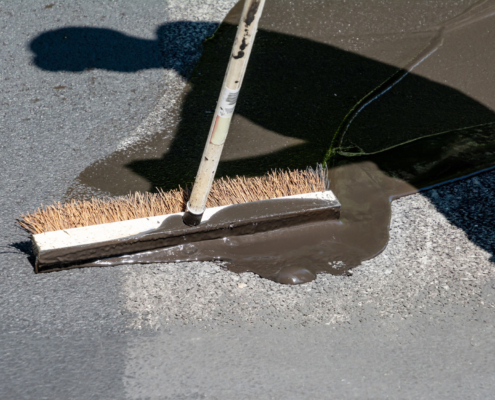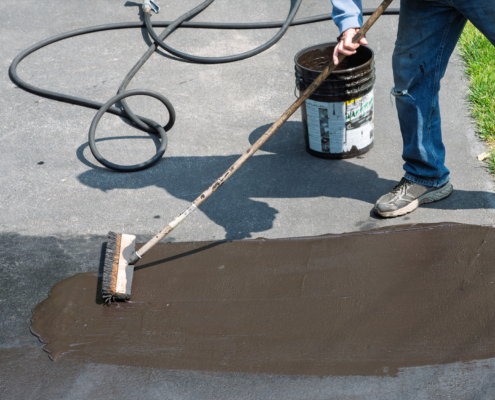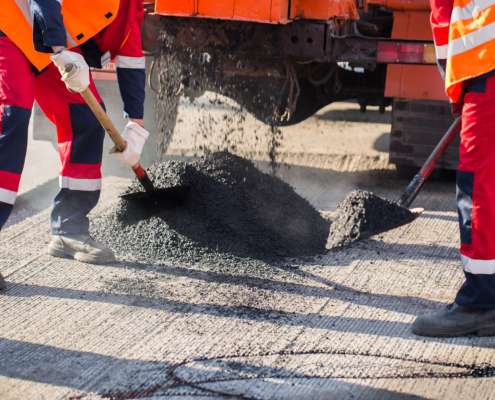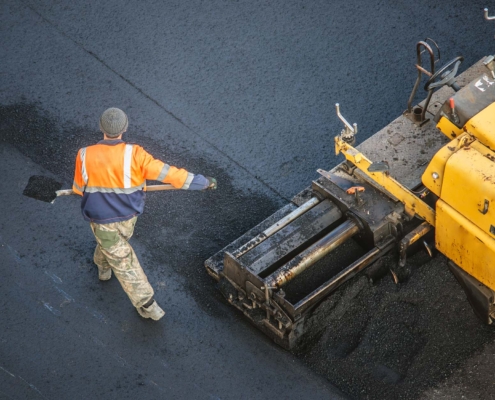Asphalt ages due to sun, rain, and freeze-thaw cycles. These conditions create small imperfections that worsen with time, leading to dangerous driveway tripping hazards. Identifying these hazards early makes it easier to fix them before they cause injury.
How Cracks Create Everyday Trip Risks
Cracks start small but widen under pressure from vehicles and changing weather. Thin hairline cracks collect sand and debris, making them slippery. Larger cracks form uneven lips that catch shoes, walker wheels, and bike tires, turning a clear path into an obstacle course. Left untreated, they multiply across the surface.
Sealing cracks promptly and resurfacing cracked areas eliminates height changes, restores smoothness, and prevents accidents.
Why Potholes and Edge Breaks Are Especially Dangerous
Potholes form when water seeps into the pavement, weakens the base, and causes the surface to break. Even shallow holes can twist ankles or stop strollers abruptly. Crumbling edges near walkways create sudden drop-offs that increase fall risk. Filling and resurfacing these areas creates level, secure footing, reduces surprise slips, and protects everyone who uses the driveway.
Visibility, Markings, and Nighttime Safety
Poor lighting, faded paint, and uneven coloring make driveways harder to navigate safely, especially at dusk or in the rain. Freshly resurfaced asphalt provides contrast and clarity. High-visibility markings guide steps and wheels. These small improvements reduce confusion and accidents, particularly for kids and seniors.

